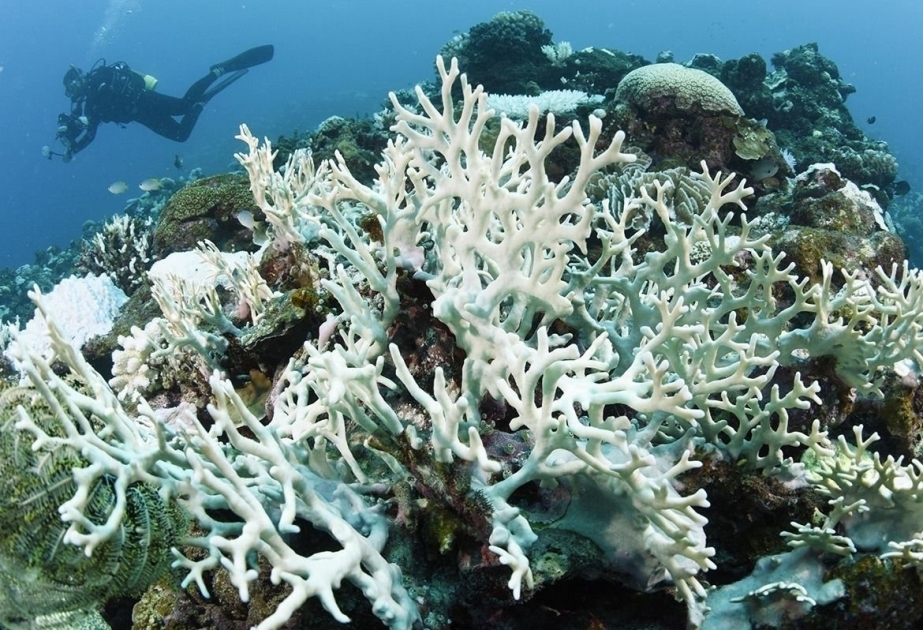The world is in the grip of a fourth mass coral bleaching event caused by record-breaking ocean heat, scientists say, according to the Australian Associated Press.
The declaration by the US National Oceanic and Atmospheric Administration comes as Australia’s Great Barrier Reef suffers its fifth mass bleaching event in eight years.
Some experts now question whether Australia’s World Heritage-listed reef system is on the verge of a tipping point, where events occur so frequently corals cannot recover.
Derek Manzello is the coordinator of NOAA’s Coral Reef Watch, which serves as the global monitoring authority on coral bleaching risk.
He says bleaching-level heat stress continues to be extensive across the Atlantic, Pacific, and Indian Oceans.
“From February 2023 to April 2024, significant coral bleaching has been documented in both the northern and southern hemispheres of each major ocean basin,” Dr Manzello says.
Since early 2023, mass bleaching has hit at least 53 countries, territories and local economies, including Australia’s South Pacific neighbours Fiji, Vanuatu, Tuvalu, Kiribati, and Samoa.
Bleaching driven by climate change is not always fatal but corals are likely to die if temperatures remain higher than normal for too long.
Even if corals don’t die, bleaching makes them more vulnerable to disease and can hurt reproduction. And if excessive heat occurs too frequently corals can be denied the time they need to recover.




















